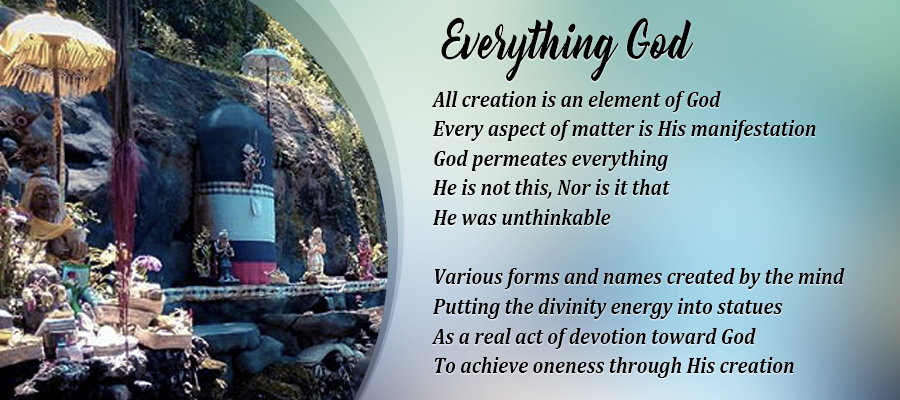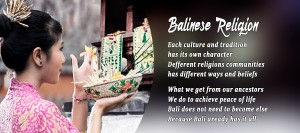- 1Acknowledging the omniscience and omnipresence of God
- 2The statues help the devotee become deeply religious
- 3As objects of concentration and meditation
- 4In worship, the true worshipper becomes unite of God
- 5The statue and Symbol help us cultivate sameness and equanimity
- 6A powerful technique to cultivate purity and relate to the deity
- 7A declaration of simple faith in the universal presence of God
- 8A Transformative and purifying practice
- 9The hidden aspect of Statue worship
- 10For balance and tolerance
A powerful technique to cultivate purity and relate to the deity
Idol worship is more effective than praying. In symbol worship, we combine the power of prayer with the power of concentration and meditation. Our further reinforce it with ritual and spiritual power.
When we worship the statue with devotion, we combine all these energies into a powerful force and channel them in their direction, creating in the process a powerful field of sacred energy. It is why many devotees experience peace and feel energized after they perform domestic or temple worship.
In symbol worship, we also invoke the power of devotion, which according to the Bhagavadgita, brings the devotee closer to the deity who is hidden in the statues and strengthens their relationship.
A declaration of simple faith in the universal presence of God
God cannot be known with the mind or with limited senses. None can understand that which is infinite, absolute, transcendental, and hidden.
God is unthinkable (Acintya), He is not this, nor is it (Neti Neti)
No amount of intellectual effort is going to improve our knowledge of God or his creation. We may gain only a partial understanding of it or several perspectives, which may not be very helpful to arrive at truth except in relation to other truths or in particular contexts.
You may worship an invisible, formless God, but it is not going to give you any better understanding or knowledge of Him than those who worship concrete forms of God. Both are subject to the same constraints of knowledge and understanding.
God is far and above, vastly unknown or known only through flashes of intuition or dreamlike experiences. Ordinary people with their limited awareness cannot comprehend the truths of Brahman, who is beyond the mind and the senses. Idol worship is a simple declaration of faith in an otherwise unknown and incomprehensible reality of God.
A devotee who worships the statue is not deterred by any of the limitations to which we are subject. He takes them in his stride or ignores them and conducts his worship with complete faith, reducing the infinity of God into a concrete image and holding it to be the whole truth. It is as if he is content with his limited knowledge, undeterred by his ignorance, and understood God as the omniscient and omnipresent power who listens to all prayers and watches over His devotees from here as well as from above.
A Transformative and purifying practice
Statue and symbol worship is a transformative practice that contributes to the predominance of sattva. It is not known to many that before a devotee worships a statue in the most reverential manner, he has to ritually install it and breathe life (prana) into it. The same is done when he worships a symbol or tantric diagram (yantra).
It is called establishing life breathe into the statue (prana pratishta). In the puja ceremony which is usually performed in the households, it is done whenever the deities are ritually worshipped according to the standard procedure. However, in temples, it is done only in the beginning when the statues are installed in it for the first time.
The idea of it is that you are worshipping living forms of God, not a mere physical form. When doing it, the prana that you pour into the statue comes from you. It is your life energy which you symbolically put into it. When the deity in the statue finally departs at the end of the ritual, the prana which you poured into it returns to you, purified and elevated. Inside your body, it purifies you further.
It is also said that when a devotee worships a statue, he also worships the deity who is present in him as his hidden Self. All the prayers that we offer to the statue are also simultaneously addressed to the hidden deity. You are the priest in the worship of the deity, while your hidden Self is the silent priest or the Brahman, who makes sure that your prayers reach their destination with augmented power. When a devout Hindu folds his hands in front of a deity to pray or offer his respects, his hands point not only to the deity in front of him but also the deity that lives in him.
Symbolically in statue worship, one not only worships the concrete form of God (murtam) but also the subtle, invisible and formless Self (amurtam) in the body.
For balance and tolerance
Therefore, one should not undermine the importance of statue and symbol worship in Hinduism. Some present-day people may regard it as a primitive and superstitious practice. Historically it has a long history in the Hindu ritual tradition. The scriptures validate it as a standard method of divine worship.
Considering that the Vedic sacrifices are very elaborate ceremonies which only trained priests can perform, statue worship presents a better alternative to the masses who are not conversant with the scripture and who want to conduct their worship without the intervention of priests.
For religious people, it is a convenient way to communicate with their gods and seek their blessings. In this regard, the following message from the Isa Upanishad (9 & 11) is worth mentioning, which rightly sums up the need balance in the pursuit of liberation.
Into blinding darkness enters those who worship ignorance and into still greater darkness those who worship knowledge alone … He who knows both knowledge and ignorance together crosses death through ignorance and attains immortal life through knowledge.





